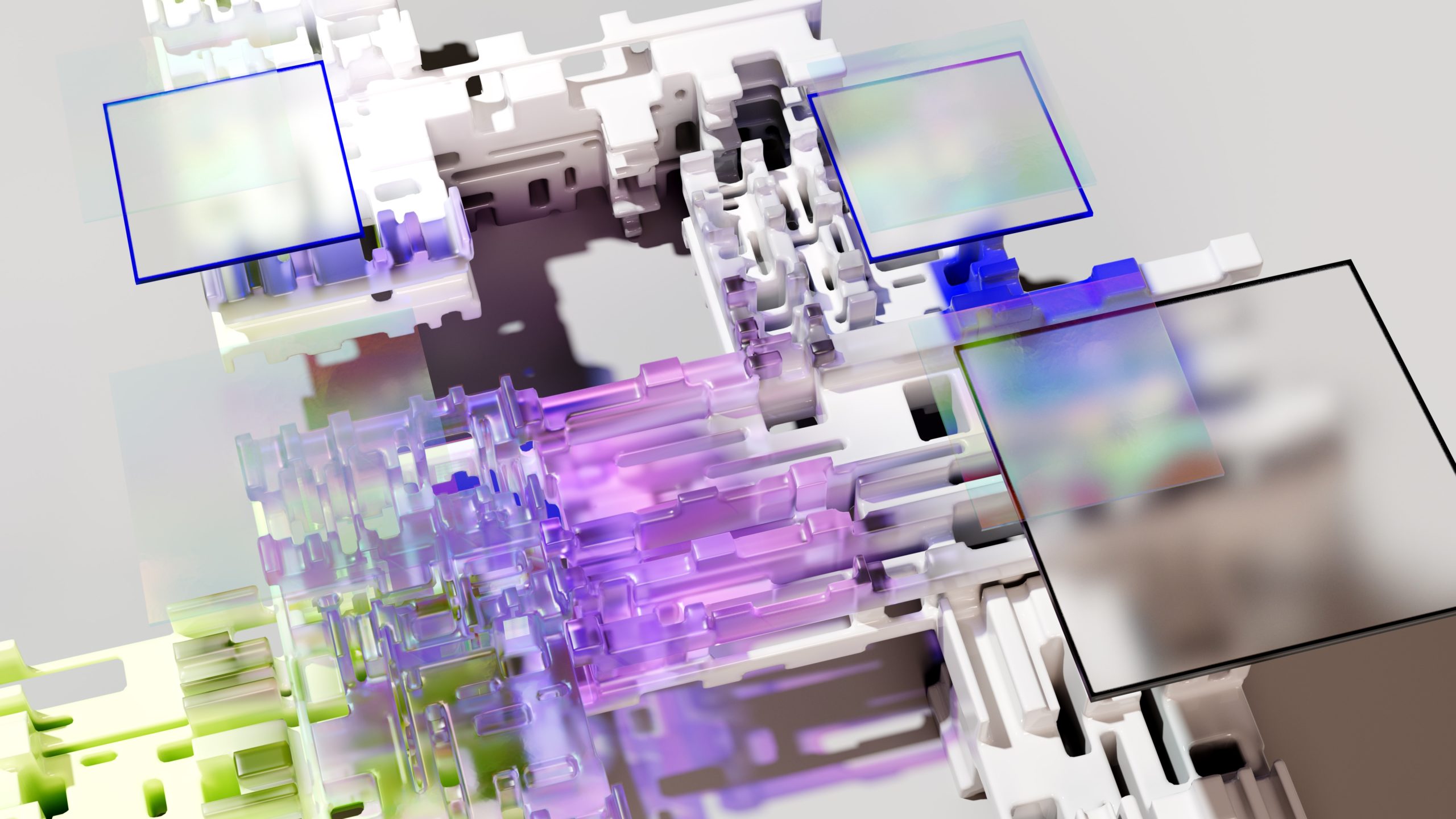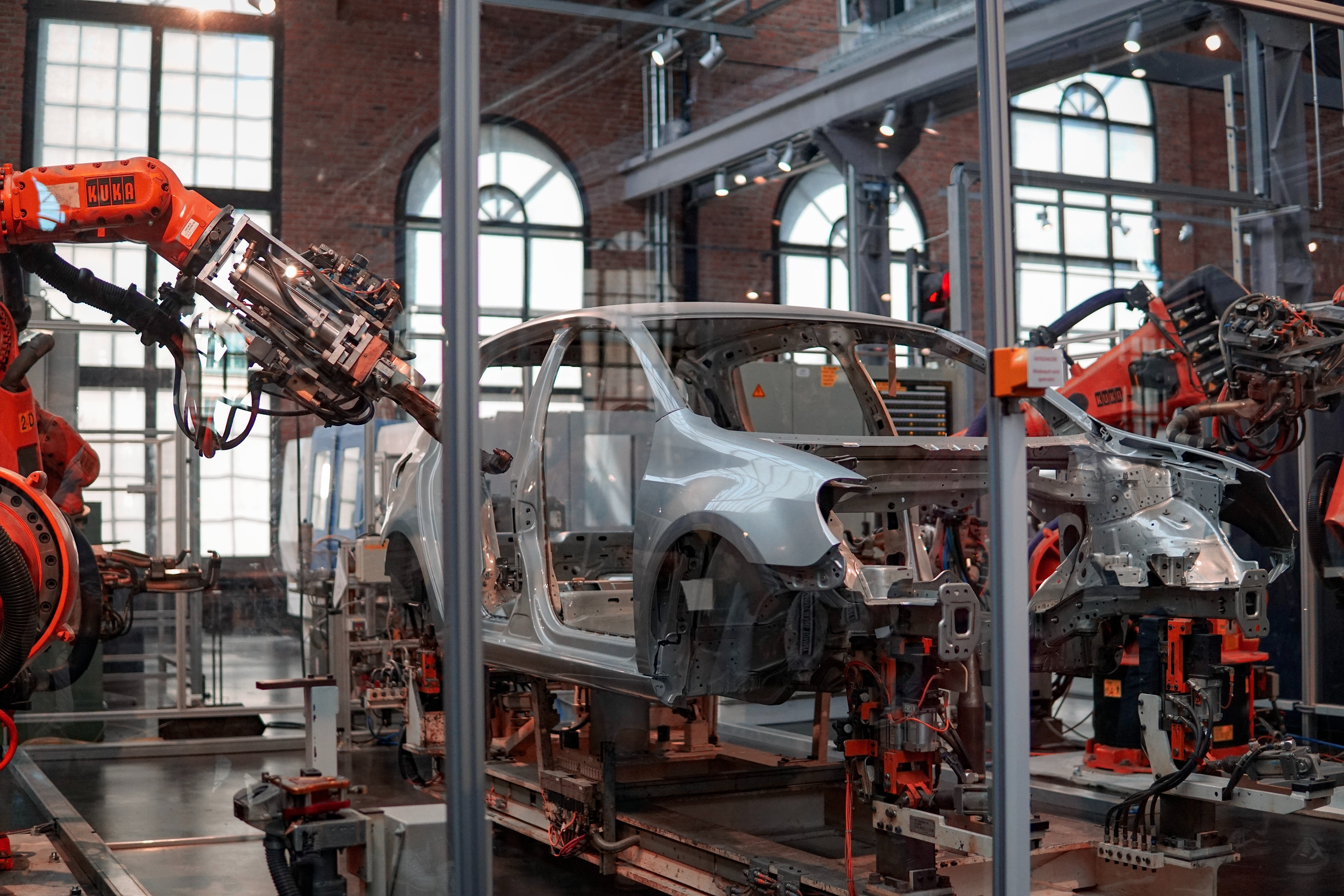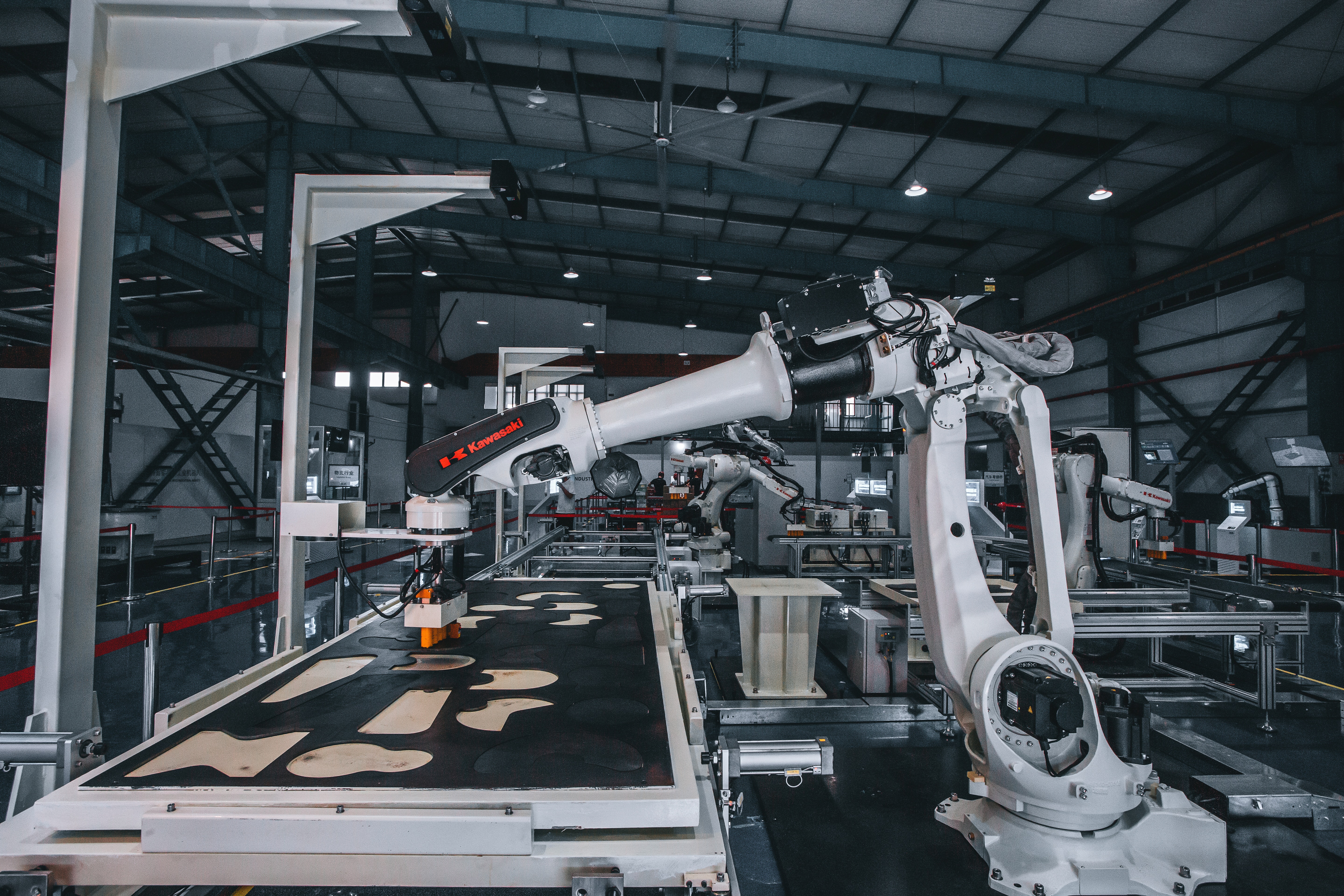Is this how the future of factories will look?
-- advertisement --

Thinking about how things will look in the future is much more challenging than it sounds. After all, technology is advancing at a rapid pace, and it’s difficult to say how advanced things could be in 20, 10, or even just 5 years. In the future, we may rely on things that no one has even thought of yet.
Although predicting the future is difficult, we still have a rough idea of how things could evolve over the years. Factories are an area where we may be able to estimate what the coming years will bring. As expected, things will likely become even more digital than they are today.
Artificial intelligence will become increasingly sophisticated and emotionally intelligent.

Artificial intelligence is growing day by day, and this may either please you or not. There is no doubt about the benefits of advanced AI, which can make life easier for many people. However, there are also risks associated with this technology, which are already becoming apparent, causing anxieties about the future. Nevertheless, these concerns are unlikely to matter much, as factories will increasingly rely on AI in the coming years. It is predicted that conversational systems could eventually be integrated into robotics, effectively leading to emotionally intelligent machines. According to Simon Floyd of Google Cloud, this development allows humans to focus on “high-value tasks” as they can communicate with manufacturing facilities.
Digital twins and the industrial metaverse are likely to have a massive impact
The concept of “digital twins” is something that one probably could not have imagined a few decades ago. But now, it is supposedly considered future technology. Companies like Rolls Royce are already using them to support physical manufacturing. Apparently, engineers have virtual copies of their engines receiving data from sensors and satellites of the real object. With this information, adjustments can be made to the virtual version, which are then applied to the physical product. This example illustrates the importance of the industrial metaverse, which is also expected to gain significance in the coming years. Goetz Erhardt of Accenture believes that the metaverse “could be a game-changer” for companies as people use digital 3D spaces to facilitate their work in the real world.
These developments raise concerns about potential job losses

According to Goldman Sachs, the rise of generative AI could potentially lead to the loss of 300 million jobs. This is roughly equivalent to the population of the United States becoming unemployed due to this technological development. Understandably, this raises significant concerns and questions about whether it is a good thing that automation in factories is becoming more and more of a reality. However, it’s possible that it’s not all gloomy. Typically, such developments have actually created more jobs – just new ones – to assist those who have been displaced. Furthermore, many companies are currently grappling with a shortage of skilled workers in manufacturing. Therefore, these developments could actually be a blessing. Even without the skills shortage, there are reports that the goal is to have machines work in collaboration with humans rather than replacing them. At least, that’s what Maya Pindeus, CEO of Humanising Autonomy, claims.
So, what will the factories of the future look like? Assuming these predictions are correct, we can expect them to be more interconnected and utilize a variety of advanced technologies, especially artificial intelligence. The rise of the digital world and increasing automation could impact people’s jobs. However, the hope is that it will simply change what people do rather than render them obsolete.
-- advertisement --



